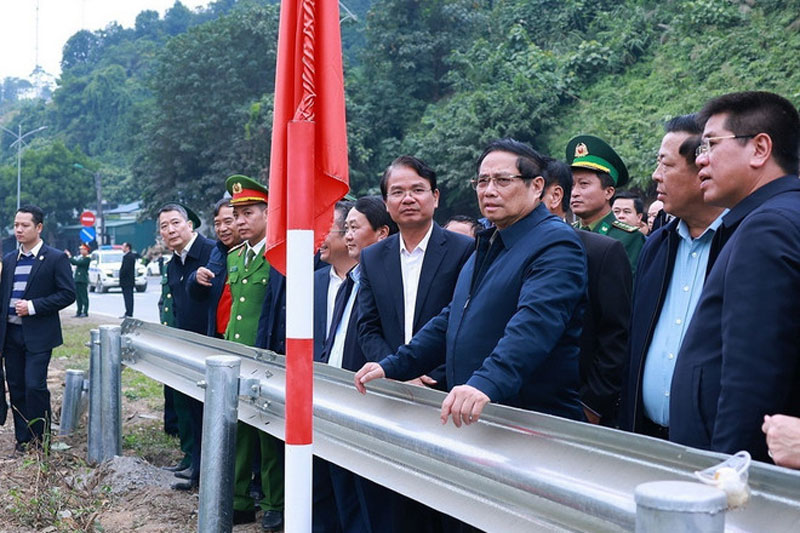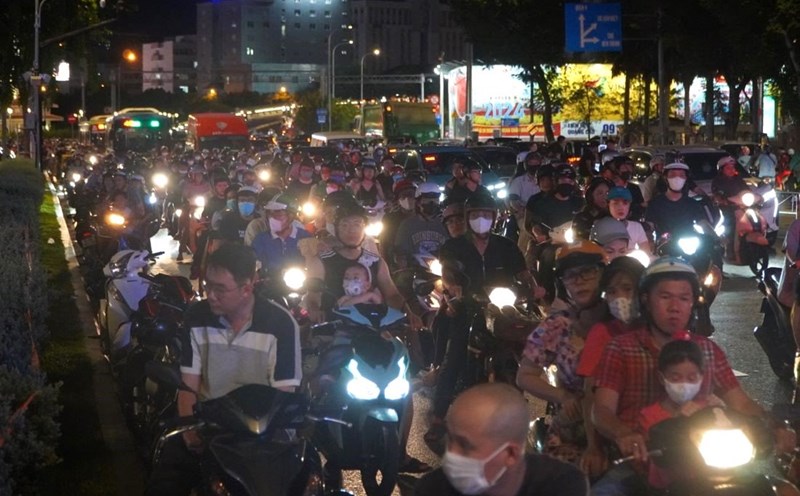The Lao Cai - Hanoi - Hai Phong railway is expected to have a total investment of about 11.6 billion USD, with a total length of nearly 400km; passing through 9 provinces and cities including Lao Cai, Yen Bai, Phu Tho, Vinh Phuc, Hanoi, Bac Ninh, Hung Yen, Hai Duong and Hai Phong. This route is expected to start construction at the end of 2025 and be completed at the end of 2030.
The route starts at the rail connection point with the Chinese railway in Lao Cai city, Lao Cai province; the end point is at Lach Huyen port, Hai Phong city.
The Lao Cai - Hanoi - Hai Phong railway construction investment project aims to build a new Lao Cai - Hanoi - Hai Phong railway with a standard gauge of 1435 mm, electrification, general passenger and cargo transport; connecting with Hai Phong international seaport, and intermodal connection with China.
At the meeting, Lao Cai Provincial Party Secretary Dang Xuan Phong said that Lao Cai province has worked and agreed with the Ministry of Transport and the Railway Project Management Board on the route and station locations in the province; established a working group to coordinate with the Railway Project Management Board during the project implementation process. Based on the agreed route and station plan, the province has proactively reviewed the boundaries and made statistics to develop a plan for site clearance and resettlement.
The Secretary of Lao Cai Provincial Party Committee emphasized that the investment in building a standard gauge railway will create an important driving force to promote the economic strengths of Lao Cai's border gate, while promoting trade connecting Vietnam and ASEAN with the Southwest market (China).

According to Prime Minister Pham Minh Chinh, the viewpoint when designing a new railway line must be the shortest and straightest. Calculating the location and scale of the station must be suitable according to the TOD model (taking transportation as the center of urban development), ensuring a long-term vision, becoming a driving force for development in the region.
The Prime Minister also directed the Ministry of Transport to urgently carry out investment preparation steps, propose mechanisms and policies to submit to the National Assembly in early 2025. In addition, there must be a specialized unit for this content, and actively work with the other side to speed up the project investment progress.
The Prime Minister requested that the entire railway project must begin construction in 2025, so from now on, the Ministry of Transport must develop a roadmap and specific timeline for completing each item; along with that, coordinate with localities to carry out site clearance work to serve the project's construction.











